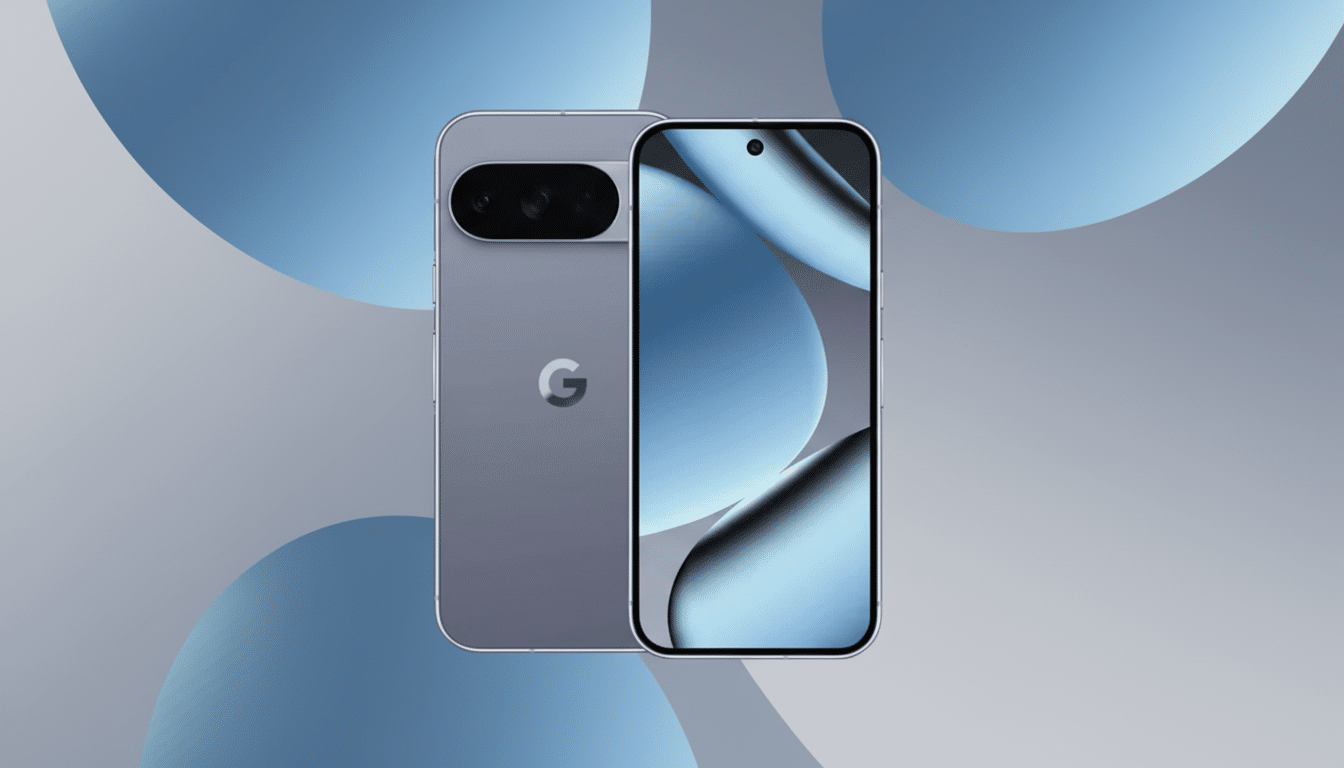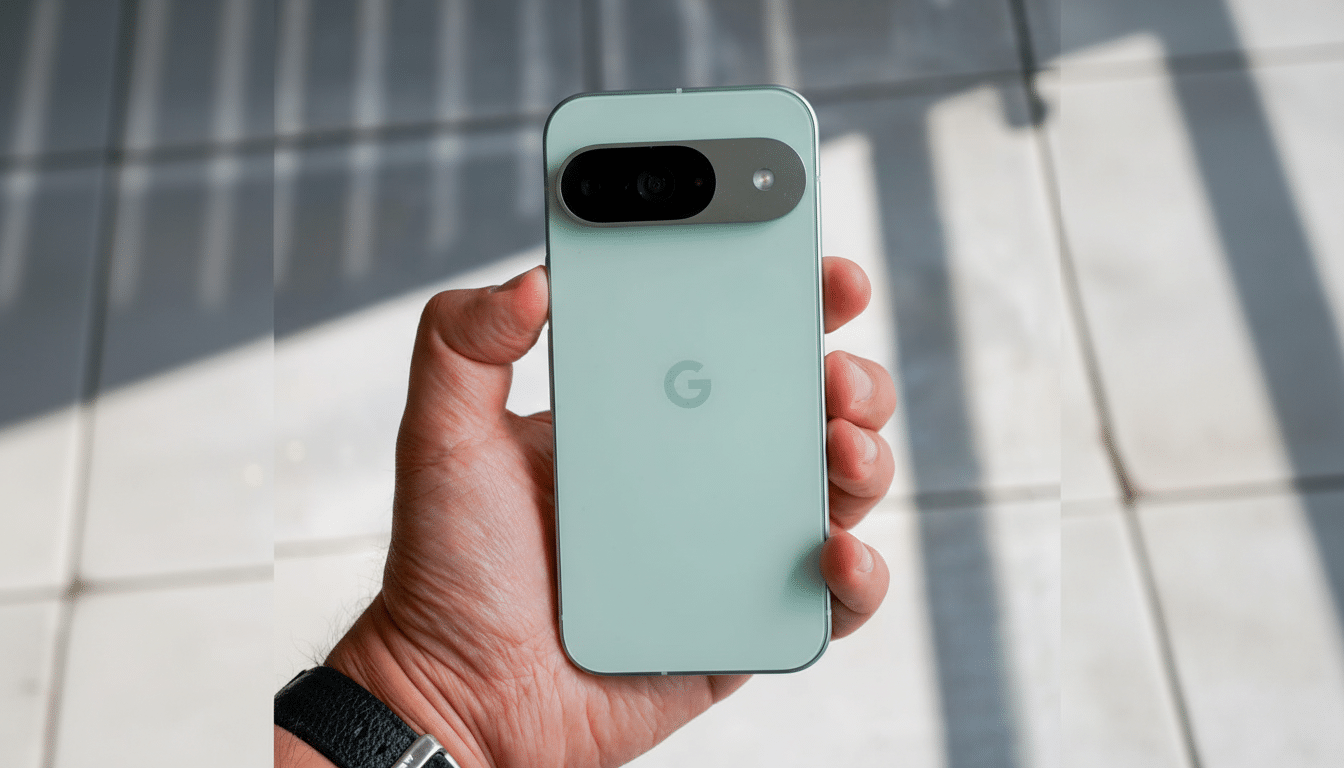Own an Android phone you want to use this on? If reports from Android blogs prove true, you can flag the reason why before the other person picks up, with options like “It’s urgent” prominently displayed on their screen.
Code strings found in a recent beta of the Phone by Google app hint at a feature that adds short, punchy reasons to calls — it could nudge people into answering when it counts.

What the Code Reveals About Call Reason Indicators
Research shared by Android Authority suggests the in-development features Call Reason and Expressive Calling can be found in version 201.0.833052069 of the app.
Though not available to users, the strings detail four preset statuses:
- Catch up (wave emoji)
- Quick question (question mark)
- News to share (bell)
- It’s urgent (siren)
The prompts would show up on the call recipient’s device when your call came in and before they picked up, keeping them from having to listen to a voicemail message or wait for a follow-up text.
The code also makes specific mention, ironically, of behavior which might allow an urgent call to come through Do Not Disturb when the caller is in your contacts. That would match Android’s current priority system — already, starred contacts can get through DND — and support the theory that Google wants to strike a balance between convenience and protection from spam and abuse.
Why It Matters for Call Etiquette in a Spam-Heavy Era
Most folks just don’t pick up for numbers they don’t recognize these days; even known ones can get avoided thanks to back-to-back meeting culture. Research by Hiya in its State of the Call has consistently shown consumers are extremely anxious about being spammed through phone calls, and answer rates for unidentified callers can be well into the low double digits. All the while, YouMail’s Robocall Index has been compiling an average of between 4 to 5 billion robocalls a month in the US alone — a background that conditions call recipients to let their phones ring and ring.
A brief, on-screen explanation could help restore some faith. If “Quick question” pops up from a colleague, you may reply between meetings. You’re much more likely to answer, even if it turns out you don’t owe Junior that new bicycle. In practice, that could cut down phone tag and expedite an escalation in time-sensitive situations such as calls from schools or caregivers.

Protections and the Do Not Disturb Balance
Allowing anyone to mark a call as urgent would be a godsend for scammers. The code suggests a simple and effective check — allow urgency overrides to match contacts. This would be similar to how DND works today on Android and iOS — you could allow trusted contacts through while other numbers are muted. Apple’s Emergency Bypass of certain contacts and Android’s starred contacts are established analogs; this would layer context on top of those controls.
If implemented, expect granular toggles. Google would presumably put per-contact or per-feature controls on DND in the Phone app, and it turns out there’s already a way for apps to respect (or override) DND settings in some contexts thanks to Android’s Notification Policy Access. It’d explicitly label it, and a history view of when DND was bypassed would help build trust with users.
Big Question Marks on Compatibility Across Devices
Most immediate is fragmentation of the ecosystem. Phone by Google is not the default on every Android phone, nor is it available on iPhone. If the metadata on calling reasons is passed only app-to-app, the experience could be limited to Pixels and other phones that use Google’s dialer. A wider availability would probably necessitate platform support and/or OEM and carrier involvement.
Logistically, there are a couple of routes. Google could back its way into a call notification feature for devices using Google’s dialer by piggybacking on Android’s existing call notification system, or go through RCS to signal pre-call context between Android users. There are carrier-grade standards for this, such as SIP priority headers you find in enterprise and emergency networks where voice service providers have control over wireline telcos, however they’re not exposed on consumer voice services. Until Google makes what is going on clear, cross-platform parity will remain in doubt.
How It Could All Unfold If Expressive Calling Ships
There are no assurances that features found in beta code will ever ship, of course, but Google has developed a pattern of testing voice innovations within the Phone app — whether it’s Call Screen, Hold for Me, Clear Calling or more recently expanded call recording on recent Pixel models. If “Expressive Calling” does become a feature, it might first appear on Pixel phones within a Pixel Feature Drop but will presumably spread to other Android handsets that run the Google dialer.
For now, consider it a promising experiment: a small adjustment to caller ID that could make a larger impact. At a time when voice calls compete for attention, maybe the simplest and most honest reason to pick up is also one of the best.

